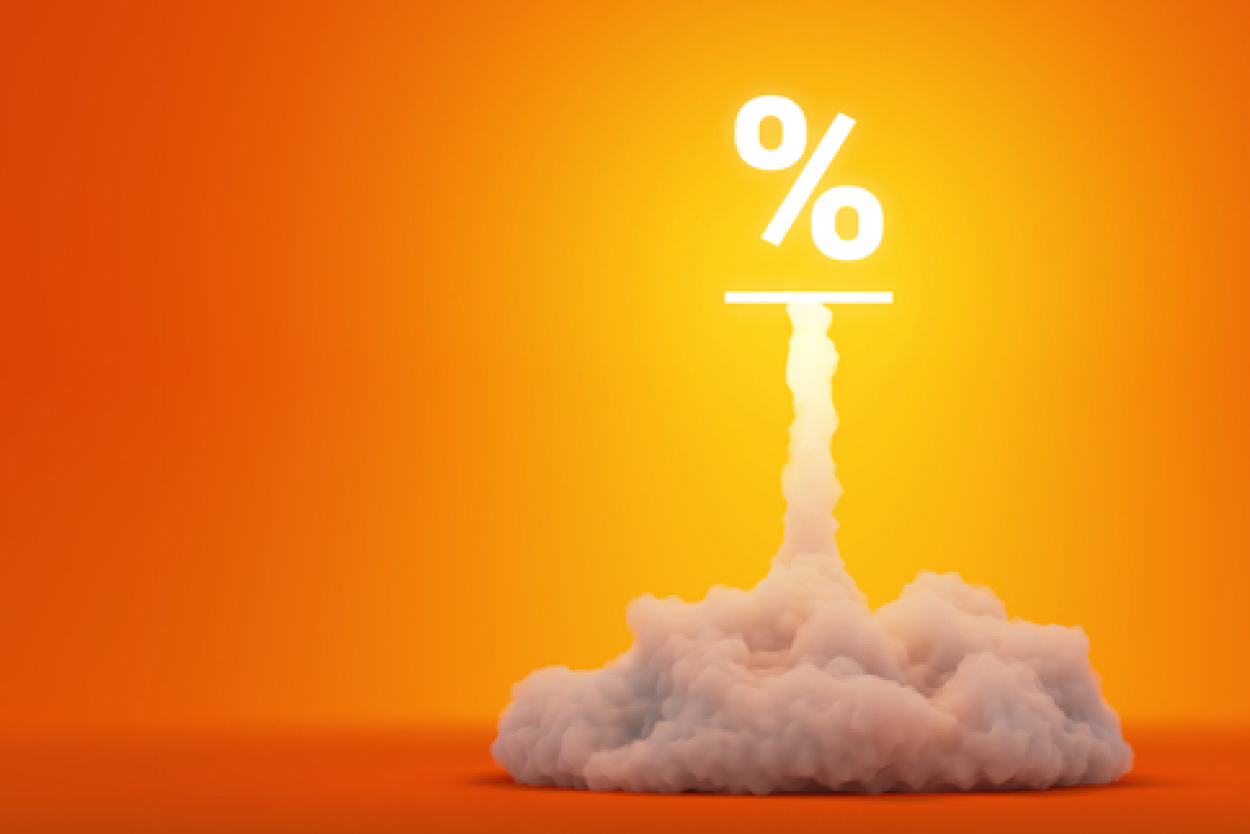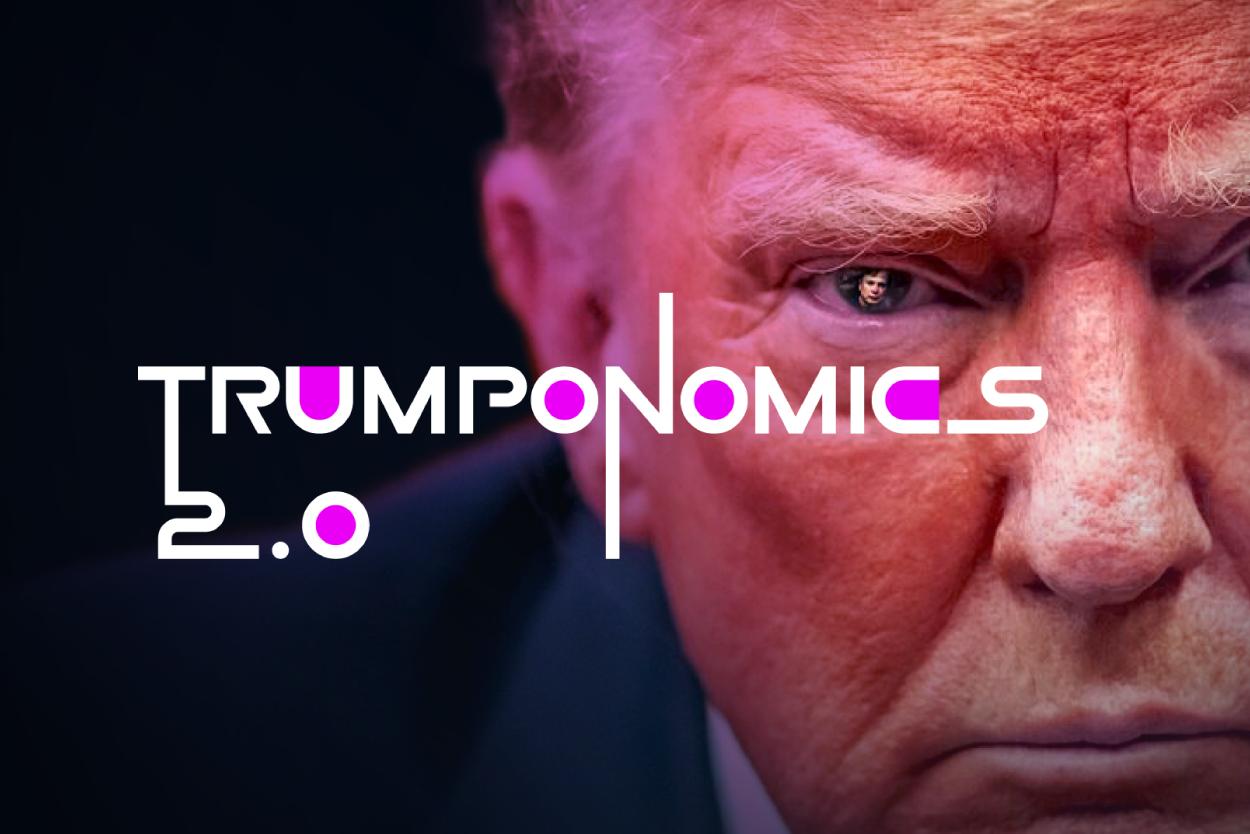5 min read
RATE WARS
How Diverging Central Bank Moves Are Reshaping Markets in 2025
Can stimulus sustain a real economic recovery?
In a move recalling the abrupt lifting of COVID lockdowns in late 2022, on September 24th, 2024, the Chinese government implemented an unexpected but internally coordinated package of monetary and fiscal stimulus, followed by policies aimed at supporting the property sector. Before this decisive U-turn, Chinese equities had fallen out of favor among both domestic and international investors, with many waiting over two years for the government to take such robust steps to stimulate the economy. The announcement led to a significant rally in the Chinese equity market (both A- and H-shares) with the Hong Kong Hang Seng Index surging 16% in the last week of September and the CSI 300 Index (the key index for Chinese A-shares) gaining nearly 26% in USD terms.
However, the initial excitement faded quickly; Chinese equities experienced significant losses on October 9th (right after the “Golden Week[1]” from October 1st to October 7th, when the stock market was closed) with the CSI 300 Index plunging 7.1%— its biggest single-day drop since 2020. Several factors fueled this downturn, including disappointment with the details of the stimulus, broader economic concerns, skepticism about the rebound’s durability, and continued challenges in the property market. In response to the sell-off, China’s central bank intervened further, with the People’s Bank of China introducing a new swap facility aimed at boosting stock market liquidity; this move led to a partial recovery in both Hong Kong and mainland Chinese stock markets.
All of this activity suggests the Chinese equity market is highly responsive to government policy shifts and economic indicators, which means the recent stock market rebound was probably driven more by a shift in the Chinese government’s tone and stance than by the stimulus measures themselves. Given that Chinese stocks have dropped by about 40% in recent years (which is more than circumstances would otherwise warrant), this recovery appears to reflect a re-rating rather than a real growth in earnings; therefore, investors understandably believe that for a sustainable recovery in Chinese equities (instead of a temporary rebound), the stimulus efforts must produce substantial economic benefits, with a sufficient period of time required to validate the measures’ ultimate impact. This perspective likely also explains the market’s subsequent disappointment following the announcement.
Even though some analysts anticipate continued market fluctuation, Chinese stocks are still attractive due to their depressed valuations. On the other hand, the current momentum in Chinese equity markets could be converted into a real recovery through two main avenues:
However, it should be kept in mind that the previous de-rating was mostly an effect of geopolitical issues, not pullback from the Chinese government. With the persistence of US-China trade tensions and potential conflicts around Taiwan, Chinese equity markets will likely maintain a discount relative to historical valuations, reflecting an elevated risk premium.
China currently reflects the strongest candidate for potential improvement within emerging markets (EM) and arguably across global equity markets. That is to say, Chinese market performance has a substantial impact on the overall EM equity sector (versus markets like Latin America, whose individual countries, and even the continent collectively, don’t have comparable influence, as well as India, whose stellar performance over the past few years hasn’t boosted the broader EM index beyond a modest single-digit return). It is almost certain that the EM equity benchmark can’t excel without a major contribution from China. This was evident in Q3 2024, where EM markets outperformed developed markets alongside the rally in Chinese stocks at the end of September.
The ripple effects of a material Chinese economic recovery across the EM space would also be significant. Despite a growing list of trade sanctions targeting Chinese export industries that compete with European and North American factories, trade between China and EM countries like Brazil, Thailand, and South Africa has surged over the past decade. A recovery in China could reduce its trade surplus with these nations, diversifying their exports to China, while further strengthening the current situation of countries like India and Korea, which could increase their exports to meet China’s demand. Additionally, as China is a major trading partner for many EM countries, a stable yuan (CNY) could reduce the risk of competitive devaluations, which can help prevent a domino effect of currency depreciation across emerging economies.
However, if the CNY were to strengthen alongside a recovery in the Japanese yen (JPY), the simultaneous revaluation of these two major industrial exporters could have broad-reaching inflationary effects across global asset classes and economies. This upward pressure on prices across a wide range of goods could ripple through supply chains worldwide, and higher import costs might lead companies to adjust their pricing strategies, potentially affecting corporate margins and profitability. Additionally, investors might react to these inflationary signals by shifting capital towards assets that traditionally perform well in an inflationary environment.
On the other hand, the world two largest economies, the US and China, are currently both actively pursuing reflationary policies[2], and there is a risk that they could end up competing to outdo each other. Many EM countries are likely to benefit from this—not only countries like Brazil and South Africa, which provide raw materials to the two juggernaut economies, but also local EM producers who compete with Chinese exports; these producers may regain some market share and pricing power. In addition, cyclical industrial companies, which are a key part of the EM equity market, stand to gain significantly from any exported inflation from Japan and/or China. If central banks in developed markets, such as the Federal Reserve (Fed) and the European Central Bank (ECB), are open to accepting moderate overall inflation levels (while allowing high inflation in critical areas like energy or food) and continue to lower interest rates, then EM equities could see even better conditions—lower interest rates in developed markets often lead investors to seek higher returns among EM assets, potentially boosting demand and supporting EM equity prices.
China’s recent policy shift underscores its commitment to a broader economic recovery and has sparked a rebound in equities that reflects cautious optimism. For a sustainable recovery, however, tangible economic benefits must materialize beyond market sentiment. Regardless, amid geopolitical tensions and inflationary risks, China’s performance will continue to shape the landscape for EM markets and overall economic stability. With its latest stimulus, China holds the reins on EM equity momentum; a sustained recovery could potentially mean a major global lift.
[1] Golden Week is a major holiday period in China that occurs twice a year, with the most prominent being in early October to celebrate National Day. This week-long holiday provides a significant boost to domestic travel, tourism, and retail spending, as millions of Chinese citizens take vacations and make large purchases. Golden Week has become an essential indicator of consumer sentiment and economic activity in China, with businesses and the government closely monitoring spending trends and travel data during this period.
[2] Reflation refers to economic measures taken to boost a country’s economy back to its long-term growth trend, particularly after a period of deflation or economic stagnation. Reflation aims to increase demand, raise prices to healthy levels, and stimulate overall economic activity without triggering runaway inflation.

5 min read
How Diverging Central Bank Moves Are Reshaping Markets in 2025

3 min read
Navigating the Crossroads of Policy, Inflation, and Growth

3 min read
The Federal Reserve’s recent decision to cut interest rates by 50 basis points marks a significant turning point in the US monetary policy landscape....